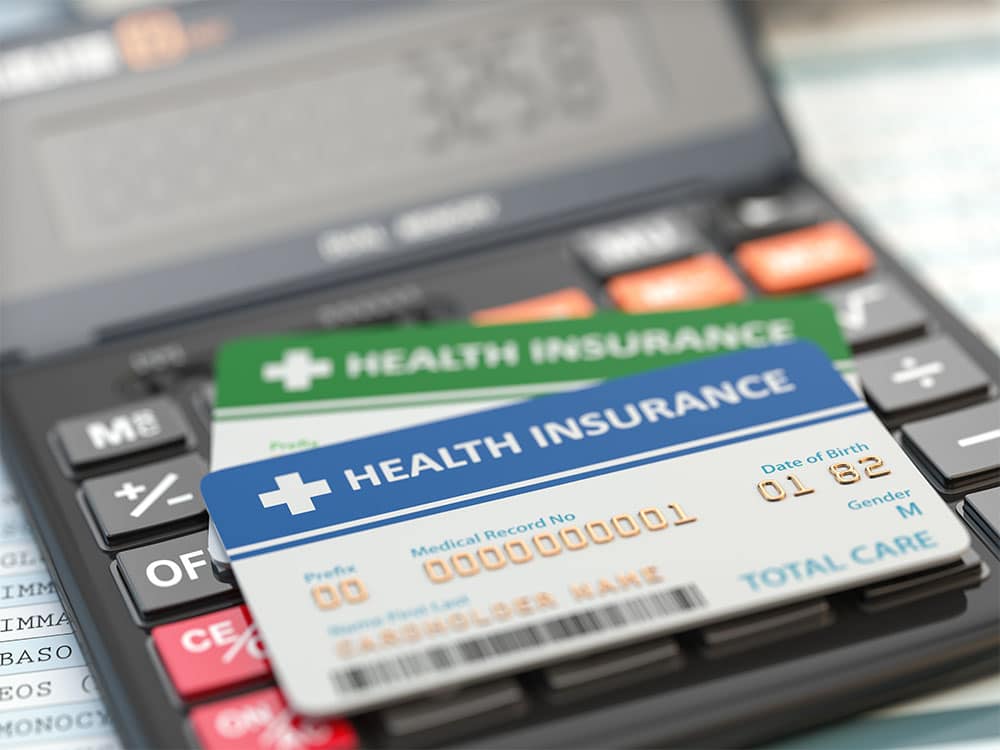
How To Fill Out Schedule C For Doordash
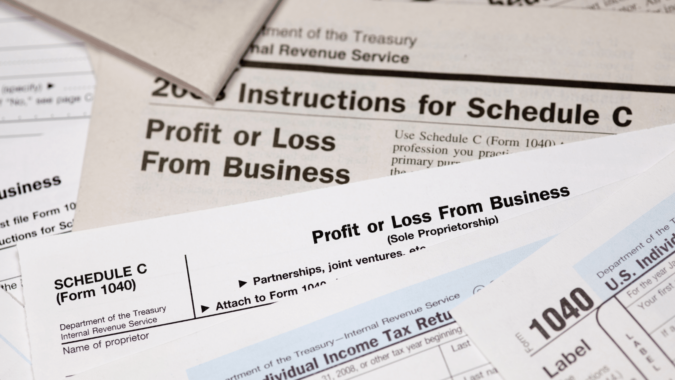
Are you a Doordasher wondering how to complete schedule c for DoorDash taxes? Well, don’t worry – we have the answer! This blog post will provide an informative guide from understanding how Schedule C works and calculating your self-employment income to gathering necessary documents and filing electronically. Whether new to self-employment or a seasoned pro, you must understand all the ins and outs of filling out Schedule C. So you can maximize deductions and save money on taxes. So let’s get started!
What Is Schedule C and What Is It Used For?
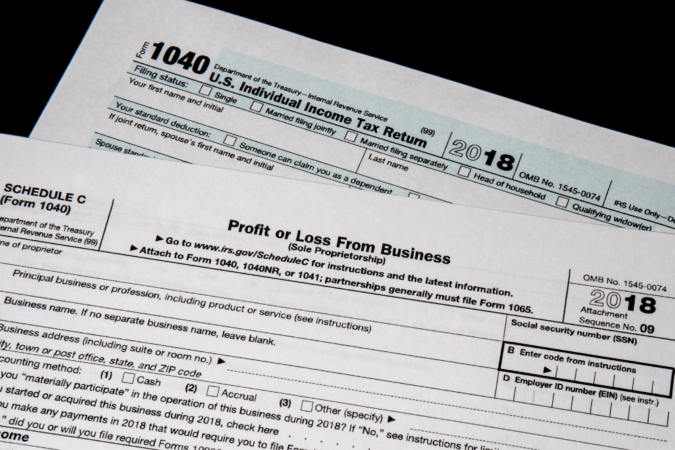
Schedule C, Form 1040, or Profit and Loss From Business (Sole Proprietorship), is an Internal Revenue Service (IRS) form. You must fill out Schedule C because you operate a business as a sole proprietor. It reports your business’s net income or loss on your self-employment tax return. In addition, the information reported on this form will be used to determine whether or not you owe taxes on your business income. If so, how much do you owe?
The purpose of Schedule C is to report all self-employment income earned from your business activity to calculate the amount of taxes due. It includes both gross receipts and business expenses related to the operation of your business. This form must be completed in addition to Form 1040 when filing taxes as a sole proprietor. All income earned from your trade or business should be reported on this form to be appropriately taxed. In addition, any expenses related to your work or business operation should also be listed here. So, you can deduct those expenses from taxable income when calculating taxes due.
Why Is It Important?
Schedule C is essential to filing taxes as a sole proprietor because it allows you to accurately report all income earned from your business activities and deduct any expenses associated with those activities when calculating taxes due. Without this form, there would be no way for you to accurately report all of your earnings and deductions to calculate accurate taxes owing at the end of the year. In addition, many states impose separate rules regarding the taxation of small businesses. Schedule C can help ensure that you are paying all applicable state taxes.
Understanding what Schedule C is and how it works can make filing taxes much easier for small business owners who operate as sole proprietorships. It provides an easy way for them to accurately report their income and deductions to calculate accurate taxes due at the end of the year – both federal and state levels – without having too much difficulty understanding complex tax laws or dealing with confusing paperwork. Even if you use an accountant or other tax professional for help with filing taxes each year, understanding what information needs to go onto which forms can make things simpler overall!
The Necessity of Schedule C for DoorDash Driving Income
As an independent contractor, you are responsible for reporting your business expenses, including your DoorDash earnings, on your yearly taxes. You must complete and submit Schedule C when you file your taxes to report this information correctly. Even if you only earn a small amount through DoorDash, it’s still important to file this form to stay compliant with the IRS.
Failing to do so could result in fines or even criminal prosecution, so it’s best to take the necessary steps to ensure that you correctly report your income and pay any taxes due on that income.
It’s also important to keep track of all receipts for expenses related to driving for DoorDash throughout the year. This includes gas receipts, maintenance costs, car washes, etc., as these can be deducted when filing your taxes at the end of the year. Keeping good records now could save you money come tax time!
Steps to Complete Schedule C For Doordash
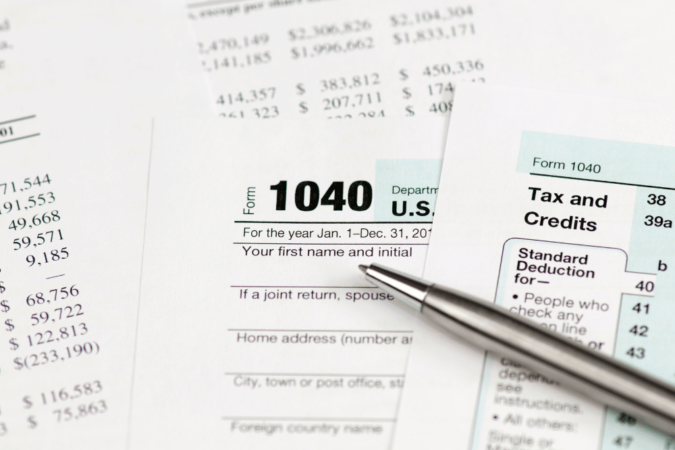
Are you a Doordash driver or independent contractor trying to figure out how to complete your Schedule C? If so, let’s walk through all the steps necessary to complete your Schedule C correctly and accurately. Whether you’re already familiar with filing taxes as an independent contractor or just starting, this guide will ensure that your income taxes are filed correctly. Let’s dive in!
Step 1: Determine Business Activity and Income Type
When completing Schedule C for Doordash, it is essential to know that the first step is determining the principal business code for your activity and what type of income was earned. This allows you to accurately assign the associated tax deductions and report your business’s revenue.
Understanding what type of income was generated from your business activity to correctly complete Schedule C. Use this time to review any applicable principal business codes and determine what type of income qualifies as a deductible expense on Schedule C. Doing so will ensure an accurate return when filing taxes.
Step 2: Gather the Required Documents and Information
Completing Schedule C for Doordash requires organization and attention to detail to document everything correctly. Therefore, you must collect the necessary documents and information in step two. Documentation is needed so you can complete your filing accurately. This includes proof of identity, tax bill, bank statements, a tally record of your income and expenses, tax filing, tax forms from Dasher Pay such as IRS Form 1099-MISC, W-9 forms, any itemized deductions you plan on claiming business expenses such as car mileage, and any applicable state tax forms. Documenting this properly is critical to ensuring your filing process goes smoothly.
Step 3: Enter Business Information
Once you have completed the first two steps of filing your schedule C with Doordash, it’s time to input your business information. This includes knowing basic details such as your type of business and the legal structure you use. You’ll also enter detailed information like your employer identification number (EIN), total employees, and any losses experienced in the previous year, which can be deducted.
This information is essential and can help expedite the filing process. Reading through IRS guidelines relevant to your business is advised to ensure that everything that needs to be documented is accounted for. To correctly record your income on Schedule C, you must provide information on the business.
This includes entering information such as the official business name of your business and the entity type (i.e., sole proprietorships, S Corporations, etc.). Additional information like the industry you work in, how long you’ve been earning money via delivery services, and details of those services should also be recorded to ensure that your Schedule C gives an accurate picture of your filing situation.
Step 4: Track Expenses
The fourth step to completing Schedule C for DoorDash is to track all expenses related to your DoorDash business. You can track costs through a simple spreadsheet or a tax software program. This includes tracking miles driven, recording costs of purchasing supplies and equipment used in your business, and any miscellaneous expenses incurred.
Being thorough and accurate with your expenses is essential when completing your Schedule C form because it influences the calculations for net profits or losses and potential income taxes you may owe. Tracking expenses from the start can help reduce headaches when it comes time to file taxes.
Step 5: Determine Net Profit or Loss
The next step of filling out Schedule C is determining your net profit or loss. To do this, subtract the total expenses from all business activities (including Doordash) from the total income earned. If you have a positive number here, that is considered profit and will be reported on line 31. If you have a negative number, it will be recorded as a loss and should go in line 32.
This information should be easily provided by your 1099 detailing all of the income generated from chasing delivering for Doordash throughout the year. Use this document when calculating your total income for this step and any papers outlining any business expenses you may have filed throughout the year.
Step 6: File and Submit Schedule C to the IRS
After you have input all your income and expenses into the Doordash Schedule C for tax purposes, the last step to complete the process is submitting it to the Internal Revenue Service (IRS). Fortunately, this part of the process is relatively straightforward. You can submit your Schedule C to the IRS electronically or through a physical copy.
You must access either IRS Filing Center or E-file for electronic submissions, available on their website. See if you qualify for free electronic filing based on your circumstances and financial background. Please note that whichever method you choose, ensure all documentation is completed accurately. Any mistake might delay processing and result in additional fees.
Benefits of Completing Schedule C for Doordash Contractors
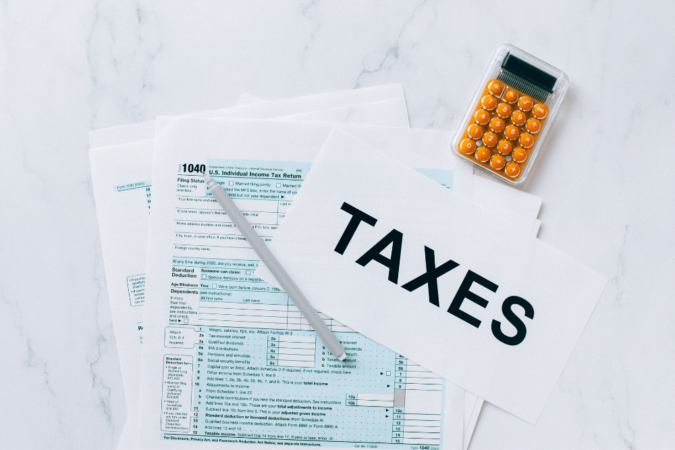
1. Accurate Tax Deductions:
Filling out a Schedule C is one of the most effective ways for DoorDash contractors to pay only what they owe in taxes. Documenting their business income and expenses ensures that the correct deductions are taken. It prevents them from paying higher taxes than necessary. When you complete a Schedule C for your DoorDash income, you will have an accurate representation of your earnings and deductions. So it’s easier to ensure that you pay the correct taxes.
2. Maximize Tax Benefits:
With Schedule C, you can maximize tax benefits by taking advantage of deductions and credits, such as the self-employment tax deduction or the home office deduction for those who work from home.
3. Avoid IRS Penalties:
Accomplishing a Schedule C can avoid costly IRS penalties such as underpaying taxes or filing late fees.
4. Keep Complete Financial Records:
Filing Schedule C helps you stay organized and provides a complete record of your DoorDash income and expenses. This enables you to track your progress and maintain accurate financial records for future tax filing purposes.
5. Professional Tax Advice:
By completing a Schedule C, you can also get professional tax advice from certified public accountants or tax advisors to ensure you are filing correctly and taking advantage of all available benefits.
6. Expert Guidance:
Additionally, completing Schedule C will provide expert guidance in knowing what expenses are deductible. You should also know how to declare these deductions on your taxes and when to make estimated tax payments.
7. Maximize Tax Refunds:
Completing a Schedule C can help you maximize your tax refunds by taking advantage of available deductions and credits to independent contractors. This will ensure you receive the most significant refund possible for your DoorDash income.
8. Know Your Tax Responsibility:
Completing a Schedule C will better understand your tax responsibility as a DoorDash contractor. This will enable you to save time and money by avoiding filing errors or mistakes. Any errors could lead to costly penalties or fees with the IRS.
9. Easier Record Keeping:
Filing a Schedule C will make keeping records of your DoorDash income and expenses easier. It is all in one place. This will save you time when filing taxes or preparing for an audit.
10. Improved Tax Planning:
A Schedule C can help you better plan for taxes by providing a complete view of your earnings, deductions, credits, and estimated taxes so you can budget accordingly.
11. Avoid Tax Debt:
A Schedule C can help you avoid owing a significant tax debt to the IRS by properly filing your taxes on time and ensuring that I account all your deductions for.
12. Reduced Audit Risk:
Accomplishing a Schedule C will reduce your audit risk since the IRS will have detailed information on your DoorDash income and expenses. This will help you avoid unwanted scrutiny or any potential issues with the IRS.
By taking advantage of these benefits, you can ensure that you are maximizing your earnings and minimizing your tax liability. So take the time to complete a Schedule C and ensure you are filing your taxes correctly!
Schedule C Form Deductions for DoorDash Drivers
As independent contractors, DoorDash drivers must file a Schedule C form yearly to report their earnings and deductions. So if you’re a DoorDash driver wondering which deductions apply to you, you’ve come to the right place. Below are some of the most common beliefs available for DoorDash drivers on their Schedule C form.
Business Expenses
The first deduction available for DoorDash drivers is business expenses. This includes any out-of-pocket costs incurred to operate your business as a driver. This can consist of vehicle expenses like:
- Gas, maintenance, repairs, and insurance
- Phone expenses
- Equipment purchases
- Software and
- Office supplies.
You can also deduct mileage driven for deliveries at 58 cents per mile (this amount changes yearly).
Home Office Deduction
Suppose you use part of your home exclusively as an office or workspace for your job as a DoorDash driver. You may be eligible for a home office deduction if you use it both as your residence and workspace. However, the space must be used regularly and exclusively for work purposes to qualify. So keep that in mind when calculating whether or not this deduction applies to you.
Health Insurance Premiums
If you are self-employed, you can deduct any health insurance premiums you paid during the tax year from your taxable income. This includes tips purchased through the Health Insurance Marketplace or directly from an insurance provider these plans can not cover. Instead, they provide coverage solely for yourself (your spouse and dependents). The premiums must have been paid with after-tax dollars to be deductible on your taxes.
As an independent contractor, filing taxes can be tricky—especially if you’re unsure which deductions apply to your situation. Always consult a tax professional if you have any questions about how best to file your taxes!
What Tax Forms Do You Need to File as a DoorDash Driver?
As a DoorDash driver, you know that you’ll need to report your income and expenses on Schedule C. But are there any other tax forms you need to file for your DoorDash business?
In addition to the Schedule C form, some DoorDash drivers may need to complete additional tax forms. It all depends on how you set up your business structure. If you are operating as a sole proprietor (i.e., not forming an LLC or corporation), the only other form you may need is a 1099-MISC for miscellaneous income if you have earned more than $600 from DoorDash in the year.
If you have formed an LLC or corporation, then in addition to filing a Schedule C, you’ll likely need to file Form 1120 or 1120S with the IRS. These forms document corporate income and any deductions taken by your business. If applicable, you may also need to submit quarterly payment estimates using Form 1040-ES. Depending on where you live and operate your business, there may be other state taxes that must be paid as well.
Finally, it is essential to keep accurate records of your income and expenses throughout the year so that they can be reported accurately on your return at tax time. In addition, keeping track of receipts and invoices can help ensure that nothing gets overlooked when it comes time to file your taxes.
Multiple tax forms must be completed by DoorDash drivers depending on their business structure and other factors. It is essential to understand which ones are necessary and when they should be filed so that proper taxes can be paid promptly. Consult an accountant if needed to ensure everything is done correctly come tax time. With accurate record-keeping and timely filing of appropriate paperwork throughout the year, filing taxes for your DoorDash driving business does not have to be overwhelming!
When to File a Schedule C as a Doordash Driver/Contractor?
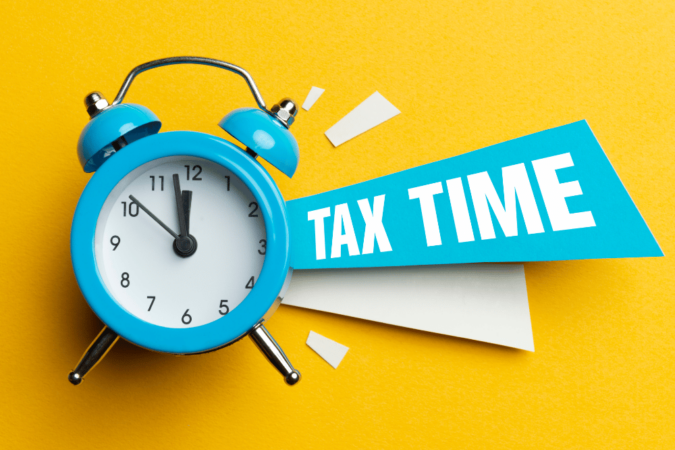
If you are working as an independent contractor for DoorDash, file Schedule C if any of the following apply:
- You earned more than $400 from DoorDash during the tax year
- You had expenses related to your DoorDash activities that totaled more than $5,000 or
- You received a 1099-MISC form from DoorDash for services provided during the tax year.
It’s important to remember that even if none of these conditions apply, you may still need to file Schedule C if you meet specific other requirements set by the IRS. For example, if your net earnings exceed $400 per year, you must file a return regardless of whether you receive a 1099-MISC form from DoorDash.
Bottom Line
Schedule C is essential for DoorDash contractors because it documents their business expenses. By completing this form, DoorDash drivers can maximize their deductions and save money come tax season. While it may seem daunting initially, with careful attention to detail, anyone can fill out Schedule C correctly. Check out our other blog posts for more information on filing taxes when working for food delivery apps.


